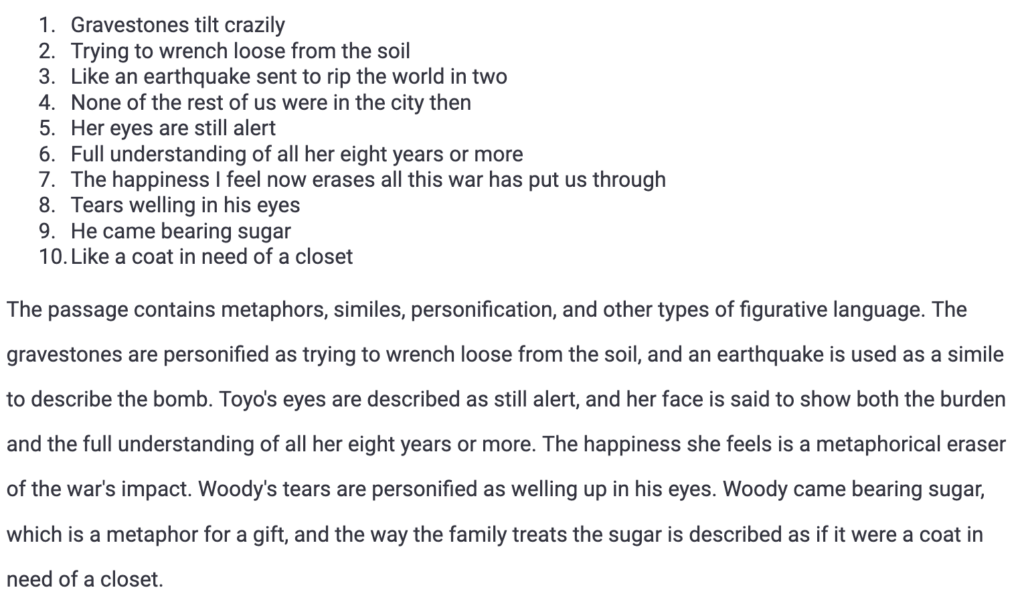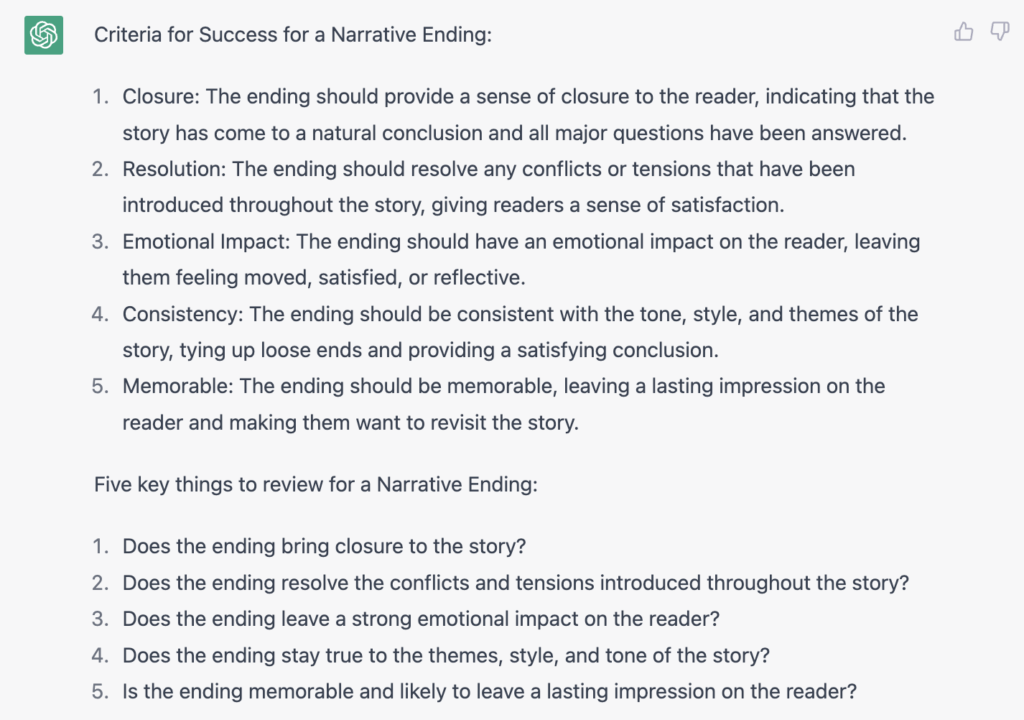Guest post by Heidi Dumke
I’ve been an educator since my college years, but in 2018 I returned to school to get my teaching credential in secondary education. Zoom forward to 2019, which is when I landed my first full-time position as an 8th-grader teacher. In 2019-2020 I created curricula for distance learning, adapting materials from units on CommonLit. When we returned to campus in 2020, it was kind of an “in-between year,” so we utilized the 2012 EL Education curriculum. Then, this year, we adopted the new EL Education Curriculum. I’m very grateful that next year I’ll finally be able to reuse and improve my material from this year! Needless to say, it’s been an exhausting three years in terms of content for me due to the pandemic, but it’s also been a time of incredible growth, especially considering how much more comfortable I’ve become with online tools and now AI in the last few months. ChatGPT is a serious time saver for me and functions as an extra set of eyes when I’m creating material.
Currently, we are close to finishing “Farewell to Manzanar.” And just recently, we received and analyzed the ICA (Interim Comprehensive Assessment) scores, which are predictive of the CAASPP test my 8th-grade scholars will see in May. I’ve created the goal to do CAASPP-type of questions/tasks once a week with my scholars to build their comfort with the reality of standardized testing. I’ve selected standards that they scored the lowest on as a whole.
To take a step back, my lessons are based on the three phases of close reading and everything is founded on Common Core State Standards, but after reviewing their recent scores, it is clear that some ways they are tested prove very challenging for my scholars. Much more to be said on standardized tests… but the main point here is to show how I generated an assignment using ChatGPT to assist in creating questions ranging from comprehension to test-taking prompts.
This assignment is based on Chapter 18 of “Farewell to Manzanar,” which reads more like a Literature text versus Informational. I took excerpts of it, using most of it, but omitted the last page to inspire scholars to write their own conclusion (#9 on the assignment). Here is my exemplar copy and scholar copy and here are my steps in the creation:
- I typed out the passage so that I could feed it to chatGPT. Sometimes I prefer to voice type through Google Docs.
- I told ChatGPT: “Using the following text, write10 gisting questions” and gave it the entire passage.
- Note: I was only happy with some of the gisting questions, so I chunked the text into four sections and asked it to generate 3 gisting questions based on one section at a time. In general, this is how readings are presented to 8th graders and we practice chunking/gisting as a routine. I was much happier with these questions (A-G Gisting questions).
- Next, I asked it to supply the answers to those gisting questions by prompting “Using this passage, answer the following questions in 1-2 sentences.” I gave it the questions and all of ChatGPT’s answers are on my exemplar.
- To help with text-dependent questions in Part II, I asked “Using the following text, generate 10 multiple-choice questions that can be classified as phase 1 of close reading. Include the answer. I used some of those in TDQs #1-4
- Note: ChatGPT has not been able to generate Phase 2 and Phase 3 type of questions with validity, so I generally do not use it for that. I am going to tinker with this more.
- ChatGPT does an excellent job of identifying figurative language. I promoted it “Identify ten uses of figurative language in this passage” and here were the results

- Though I did not focus on vocabulary in this assignment, ChatGPT is also excellent at creating multiple-choice vocabulary questions. For example, I’d say “Isolate the word ‘recollection’ in the following sentence and create a multiple-choice question. Provide the answer. ‘He studies her face for some measure of how far her recollection can be trusted. He thinks of Granny, not yet this old, but blind, forgetful, full of needs that must be cared for and tales everyone listens to.’”

- Thus far, everything has been timing consuming in my opinion, but my final steps are the real jewels of ChatGPT. First, I asked it to write a summary of the passage (feeding it the text) and that is how I came up with question #8. It generated a great summary for me and I left out the final sentence, which is a type of question they see related to theme/central idea. I also created the brainstorming questions to scaffold this type of question by prompting “How can I determine the theme or central idea of a story?”
- As for #9, I prompted it by saying, “Write an ending to this passage, focusing on a conversation between Woody and his Great-Aunt Toyo. Make sure it is no longer than 1/2 page.
- Note, the final exemplar I came up with was a fusion of what ChatGPT generated and my own changes. This process of refining is common for me and is a major time-saver.
- Finally, the Criteria for Success was created also with the help of ChatGPT. I asked it, “Give me a Criteria for Success for a narrative ending. Give me five key things to review.” I refined this once again for what I’m specifically looking for.


Leave a Reply